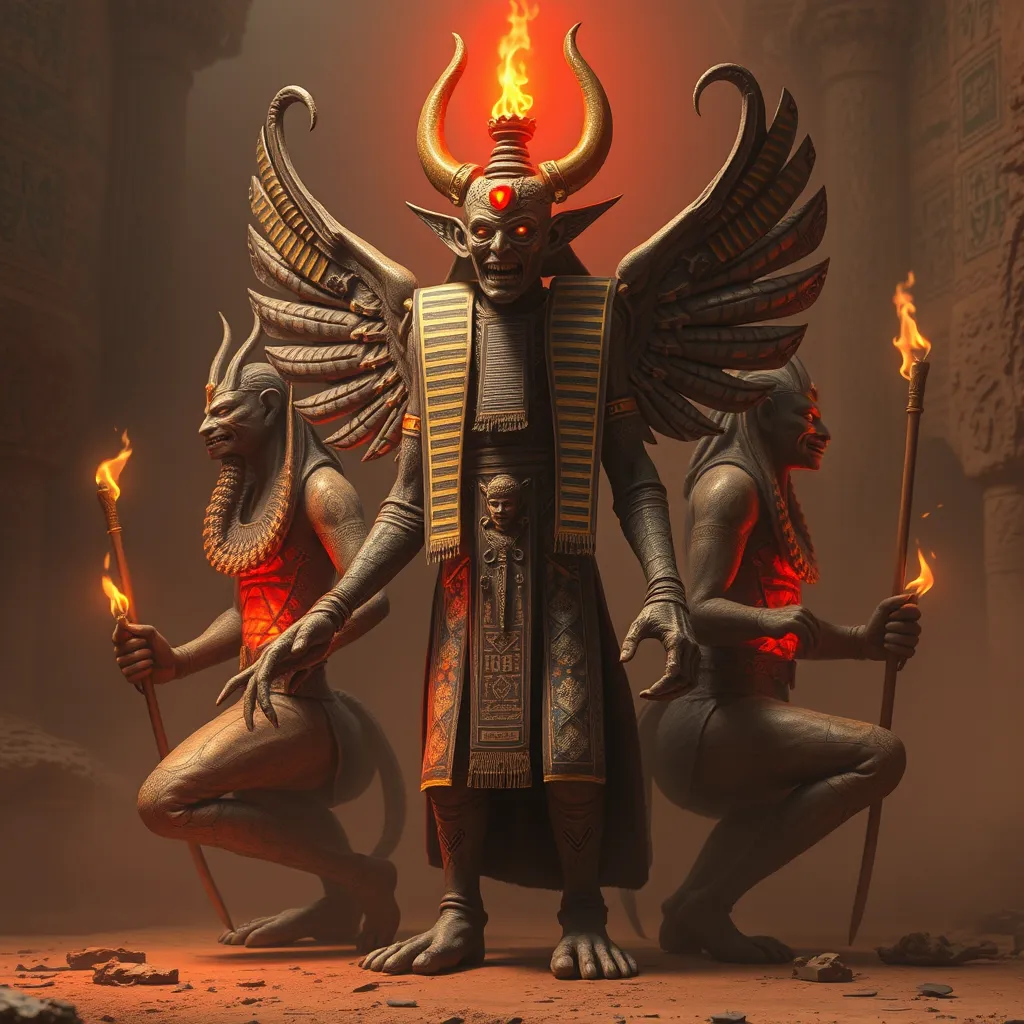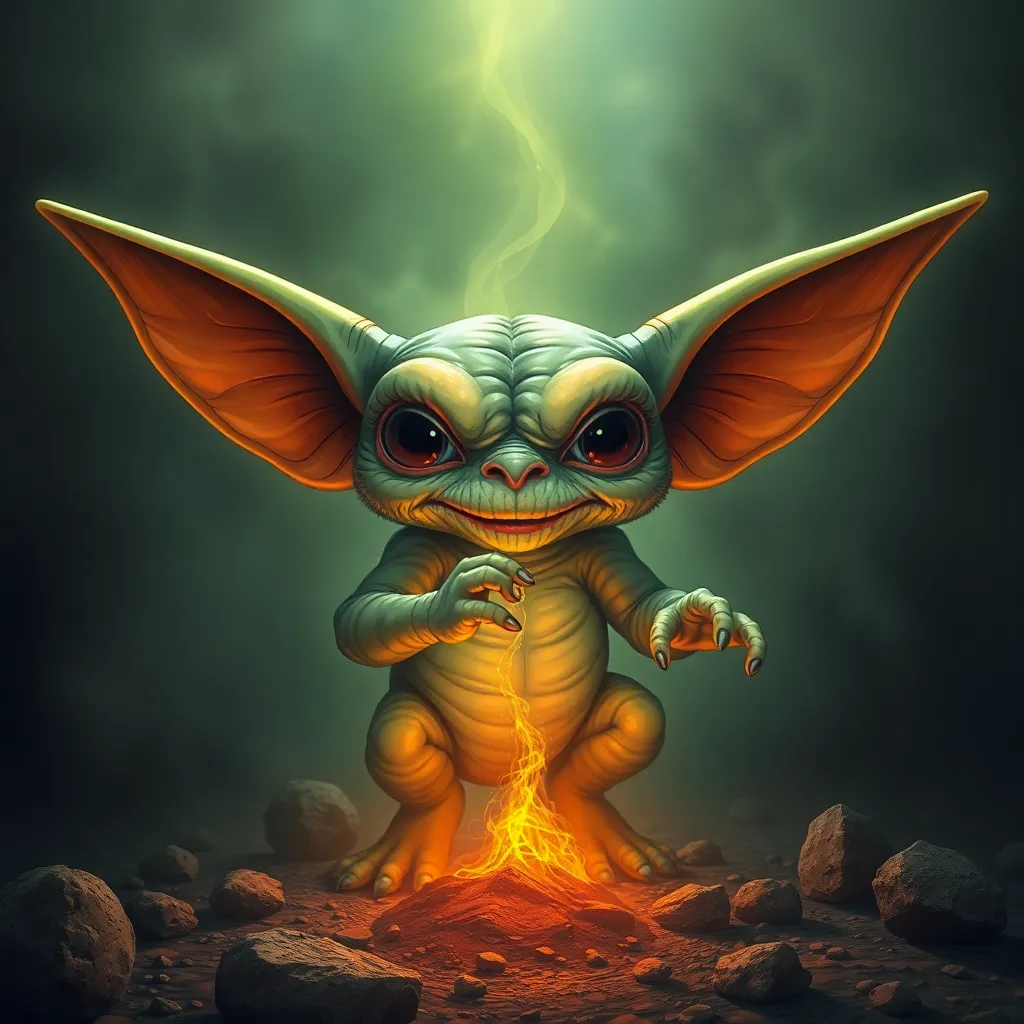The Power of the Serpent: Examining the Symbolism of the Serpent Skirt in Coatlicue’s Iconography
I. Introduction
Coatlicue, one of the most formidable deities in Aztec mythology, is revered as the mother of gods and the goddess of fertility. Iconographically rich, she embodies a complex interplay of creation, destruction, and regeneration. One of the most striking features of Coatlicue’s representation is her serpent skirt, a powerful symbol that encapsulates the duality of her nature and the fundamental themes of Aztec cosmology. This article delves into the deeper meanings behind the serpent motif, exploring its significance in the context of Coatlicue’s iconography.
II. Historical Context of Coatlicue
To understand the symbolism of the serpent skirt, it is essential to grasp the historical and cultural context of Coatlicue within Aztec religion. The Aztec pantheon consisted of numerous gods and goddesses, each representing different aspects of life and nature. Coatlicue stands out as a mother goddess, embodying fertility, life, and death.
As a fertility deity, Coatlicue was revered for her role in childbirth and agriculture, highlighting her importance in sustaining life. Furthermore, serpents held a significant place in Mesoamerican societies, often associated with water, fertility, and the cycles of nature.
III. The Serpent as a Symbol
The serpent is a potent symbol in various cultures around the world, often representing duality. In many traditions, serpents symbolize both creation and destruction. This duality is reflective of the natural world, where life and death are interwoven.
- Creation: Serpents are often viewed as creators, associated with the earth and regeneration.
- Destruction: Conversely, they can also signify chaos and destruction, embodying the darker aspects of nature.
The serpent’s connection to life cycles and regeneration is also crucial. In many cultures, the shedding of a serpent’s skin is seen as a metaphor for rebirth and renewal, emphasizing the continuous cycle of life and death.
IV. The Design and Features of the Serpent Skirt
The serpent skirt is an integral part of Coatlicue’s iconography, characterized by its intricate design and symbolic significance. The skirt comprises numerous serpents, coiling and intertwining, which visually represent the goddess’s connection to both the earth and the cosmos.
Artistic techniques employed in the creation of the serpent skirt reflect the advanced craftsmanship of the Aztec civilization. The use of stone and metalwork to depict the serpents showcases the importance of this motif in Aztec art.
- Materials: The materials used in the serpent skirt often held symbolic meanings:
- Stone: Representing the earth and permanence.
- Feathers: Symbolizing the connection to the heavens.
These materials not only highlight the artistry of the Aztecs but also serve to reinforce the serpent’s dual symbolism of earth and sky.
V. The Symbolism of the Serpent Skirt in Aztec Cosmology
The serpent skirt’s symbolism extends deeply into Aztec cosmology. It is closely linked to the earth goddess, representing fertility and the life-giving aspects of the earth. The serpents signify the connection between the underworld and the heavens, acting as a bridge between different realms.
In Aztec creation myths, the serpent is a crucial figure, often representing the cyclical nature of time and existence. The serpent skirt, therefore, serves as a visual manifestation of these cosmic principles, embodying the interconnectedness of all life.
VI. The Serpent Skirt in Ritual and Worship
The serpent skirt also plays a significant role in the rituals and worship of Coatlicue. It is depicted prominently in ceremonial contexts, often associated with rites that celebrate fertility, rebirth, and the cycles of nature.
During rituals, the serpent skirt symbolizes the goddess’s power to give life and sustain it. This is particularly evident in ceremonies aimed at ensuring bountiful harvests and successful childbirth.
- Rituals of Fertility: The serpent skirt is central to fertility rituals, representing the earth’s abundance.
- Rituals of Rebirth: The symbolism of regeneration associated with serpents is invoked during rites of passage, emphasizing the continuous cycle of life.
The worship of Coatlicue through the serpent skirt highlights the reverence for nature and the understanding of life’s interconnectedness in Aztec spirituality.
VII. The Serpent Skirt in Modern Interpretations
In contemporary society, the imagery of Coatlicue and her serpent skirt continues to resonate, influencing modern art and culture. Artists often draw upon her powerful symbolism to explore themes of feminism, identity, and cultural heritage.
Modern feminist discourse has reinterpreted the serpent skirt as a symbol of empowerment, reclaiming the narrative of the goddess as a figure of strength and resilience. This reinterpretation emphasizes the enduring relevance of Coatlicue in discussions of gender and power dynamics.
- Contemporary Art: Artists incorporate the serpent motif to challenge stereotypes and celebrate indigenous culture.
- Cultural Relevance: Coatlicue’s symbolism serves as a reminder of the importance of nature, motherhood, and the cycles of life in today’s society.
VIII. Conclusion
In summary, the serpent skirt of Coatlicue embodies a wealth of symbolism that reflects the complexities of Aztec spirituality and culture. Its intricate design and dual significance highlight the interconnectedness of life, death, and regeneration. The enduring power of Coatlicue’s iconography serves as a reminder of the rich tapestry of Mesoamerican mythology and its ongoing relevance in contemporary discussions of identity, culture, and the environment.
Ultimately, the serpent remains a vital symbol in understanding the spiritual and cultural dimensions of the Aztec world, illustrating the profound ways in which ancient beliefs continue to inform modern perspectives.
![]()


